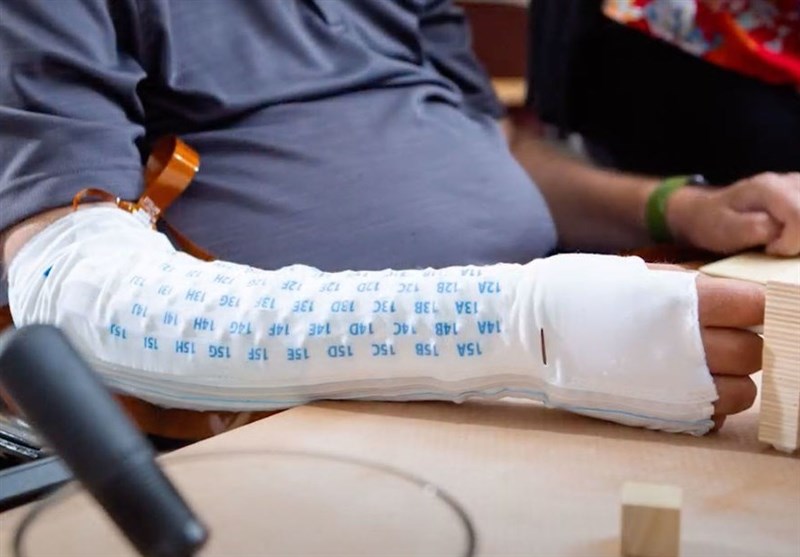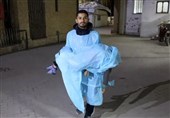BCI Technology Restores Sensation to Hand of Individual with Spinal Cord Injury
TEHRAN (Tasnim) – Researchers used a Brain-Computer Interface technology to restore sensation to the hand of an individual with a severe spinal cord injury.
This development comes as researchers all around the world are working on technology that is capable of restoring limb function to individuals paralyzed through injury or disease, Unite.ai reported.
Artificial Sensory Feedback
The new technology relies on the use of unperceivable minuscule neural signals that are enhanced through artificial sensory feedback, which is sent back to the individual. This method results in a great increase in motor function.
Patrick Ganzer is first author and a principal research scientist at Battelle.
“We’re taking subperceptual touch events and boosting them into conscious perception,” says Ganzer. “When we did this, we saw several functional improvements. It was a big eureka moment when we first restored the participant’s sense of touch.”
The Participant
The participant was a 28-year-old man who was involved in a driving accident in 2010, which resulted in a severe spinal cord injury. The participant, whose name is Ian Burkhart, has been involved with a project named NeuroLife since 2014 in order to restore function to his right arm.
The newly developed device uses a system of electrodes that are placed on the skin and a small computer chip implanted in the motor cortex. There are wires which route movement signals from the brain to the muscles, allowing the spinal cord injury to be bypassed. With the device, Burkhart is able to control his arm and complete actions such as lifting a coffee mug, swiping a credit card, and playing video games that require the use of the hands and arms.
“Until now, at times Ian has felt like his hand was foreign due to lack of sensory feedback,” Ganzer says. “He also has trouble with controlling his hand unless he is watching his movements closely. This requires a lot of concentration and makes simple multitasking like drinking a soda while watching TV almost impossible.”
Whenever the researchers stimulated his skin, there was no sensation, but a neural signal was still present in his brain. The problem was that the neural signal was so small that it could not be perceived. The researchers were able to boost the signal so that the brain was capable of responding.
Through the use of haptic feedback, the subperceptual touch signals were artificially sent back to Burkhart, which allowed him to perceive them.
With the new method, Burkhart was able to detect things solely through touch. Another breakthrough was that the system is the first BCI to allow restoration of movement and touch at once, which provides a greater sense of control. Lastly, the method allows the BCI system to sense the right amount of pressure for handling an object.
The team of researchers want to create a BCI system that can be used in the home. A next-generation sleeve is currently being developed, which contains electrodes and sensors that could be put on and taken off. They are also working on a system capable of being controlled by a tablet instead of a computer.
“It has been amazing to see the possibilities of sensory information coming from a device that was originally created to only allow me to control my hand in a one-way direction,” Burkhart says.





